FIVE WORTHY GENTLEMEN
JOHN MACKIE 1837-91
John Mackie’s association with New Mills began with his marriage in 1866 to Mary Elizabeth Ingham, daughter of James Ingham of Watford Lodge and the owner of Watford Print Works. Born in Wakefield, John Mackie moved to New Mills in 1868 after the death of his father-in-law, but still retained his house and connections n Yorkshire. During the following years he made a great impact on life in New Mills, becoming chairman of New Mills School Board from its foundation in 1875 and the president of the Mechanics Institute from 1887. John Mackie was an enthusiastic supporter of education in the town, presenting prizes for good attendance, visiting schools and encouraging both teachers and scholars.
The Mackie’s were very generous to the poorer people of New Mills especially the elderly. In 1880 they donated St James church and six almshouses on Spring Bank to the town, built in memory of Mrs Mackie’s parents and named the Ingham Almshouses.
John Mackie became the leader of the New Mills Liberal Party and was president of the Liberal Club from its foundation. He was elected without opposition, as a representative for New Mills district on the formation of Derbyshire County Council and was created an alderman at the first meeting.
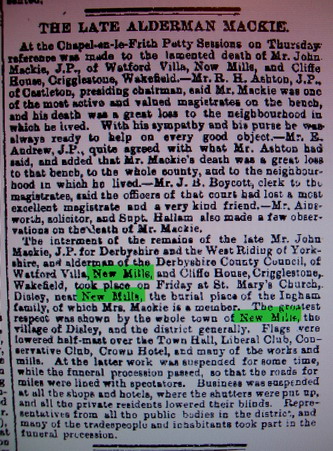 His death in 1891, at the age of 54, was a great loss to the town. The Mackies celebrated their silver wedding at the Public Hall and it seems John caught a chill and developed influenza. He lay ill for several days before sucumbing. An influenza epidemic was sweeping the country at the time and claimed many lives. His death in 1891, at the age of 54, was a great loss to the town. The Mackies celebrated their silver wedding at the Public Hall and it seems John caught a chill and developed influenza. He lay ill for several days before sucumbing. An influenza epidemic was sweeping the country at the time and claimed many lives. Several memorials were erected in his memory including the Mackie memorial fountain situated in front of the Town Hall. The fountain is inscribed with the words from St Luke’s Gospel ‘A good Man and Just’. A bound volume of press cuttings announcing his death was presented to New Mills Town Council by Mrs Mackie and is now kept in the Heritage Centre.
A library was endowed by Mrs Mackie in memory of her husband; it later became the Technical School, an extension to the Board School. This fine building is now the Adult Learning Centre on Spring Bank. The words Mackie Memorial Library can still be seen above the door.
EDWARD GODWARD 1841-1908
Edward Godward was one of the most remarkable men in the history of New Mills. A Quaker mill owner, his interests included politics, local government, education, the co-operative movement and architecture. He was perhaps the archetypal Victorian benevolent autocrat, yet he spent much of his life laying the foundations of the local democratic and educational institutions. Born at Low Leighton, after four years of elementary schooling in Barnsley he joined his fathers twine spinning business in New Mills at the age of nine. He continued his education in the evenings at the Wesleyan school. At the age of twenty two he took over from his father. And by the age of twenty seven he had bought Brunswick Mill (now Swizzles Matlow), floating it as a public company seven years later. He also practised as an architect and surveyor, designing many buildings in the district, notably the board schools at New Mills, Hague Bar and Thornsett and later in 1882 his own residence Cliff House on Albion Road.
His dedication to education, started with his appointment in 1852 as assistant librarian at the Peoples Institute. He was one of the secretaries of the Mechanic Institute. In 1875 he was elected clerk to the new school board and remained so for twenty years. Until responsibility for education was transferred to Derbyshire County Council by the 1902 education Act. Despite opposition to the religious provisions of the Act and several consequent brushes with magistrates, he stood for election to that authority, becoming one of its first aldermen and sat on their education committee until his death in 1908. One of his last actions was the donation of a thousand pounds to provide a Trust for scholarships to attend the secondary school.
He was a man of strong convictions and always ready to express them. He participated to the full in local political life, helping in the formation of the first local board in 1876 and became the first chairman of the new urban district council in 1894. He presided over many stormy meetings, including one at which a brick was thrown at him
through a window. He was an active member of the Liberal Party, a pillar of the temperance movement and one of the founders of the local co-operative society. A man of many talents and wide ranging interests, his contribution to local society was reflected by the numbers attending his three- quarter mile long funeral procession in 1908. He was laid to rest at the Friends Meeting House in Low Leighton.
JAMES HIBBERT 1831-1905
James Hibbert was a prominent man of the nineteenth century, through whose efforts New Mills got its town hall, free library and secondary school. He was one of several children of surgeon John Hibbert. At the age of 15 James went to Dr Ebenezer Adamson’s school in Hayfield. In 1850 he started work as an under clerk in Manchester. In 1871 he was a representative and manager of the Baxenden Turkey Red Dyeing and Printing Company. In his twenties James was involved with his friend Edward Godward in the founding of the Mechanics Institute, and he helped raise funds to build the public hall. It was opened in 1871 by the Duke of Devonshire, with whom James carried out regular correspondence. In 1871 James became a Justice of the Peace and like his father before him, campaigned for New Mills to have its own ‘lock up’.
In 1896, he gave five hundred pounds towards the library extension in the town hall and when it opened in 1900 he was given the first borrowers card. He was generous in other ways; despite being a non conformist, in 1898 he gave a peal of six bells to St George’s church and three years later made it an octave.
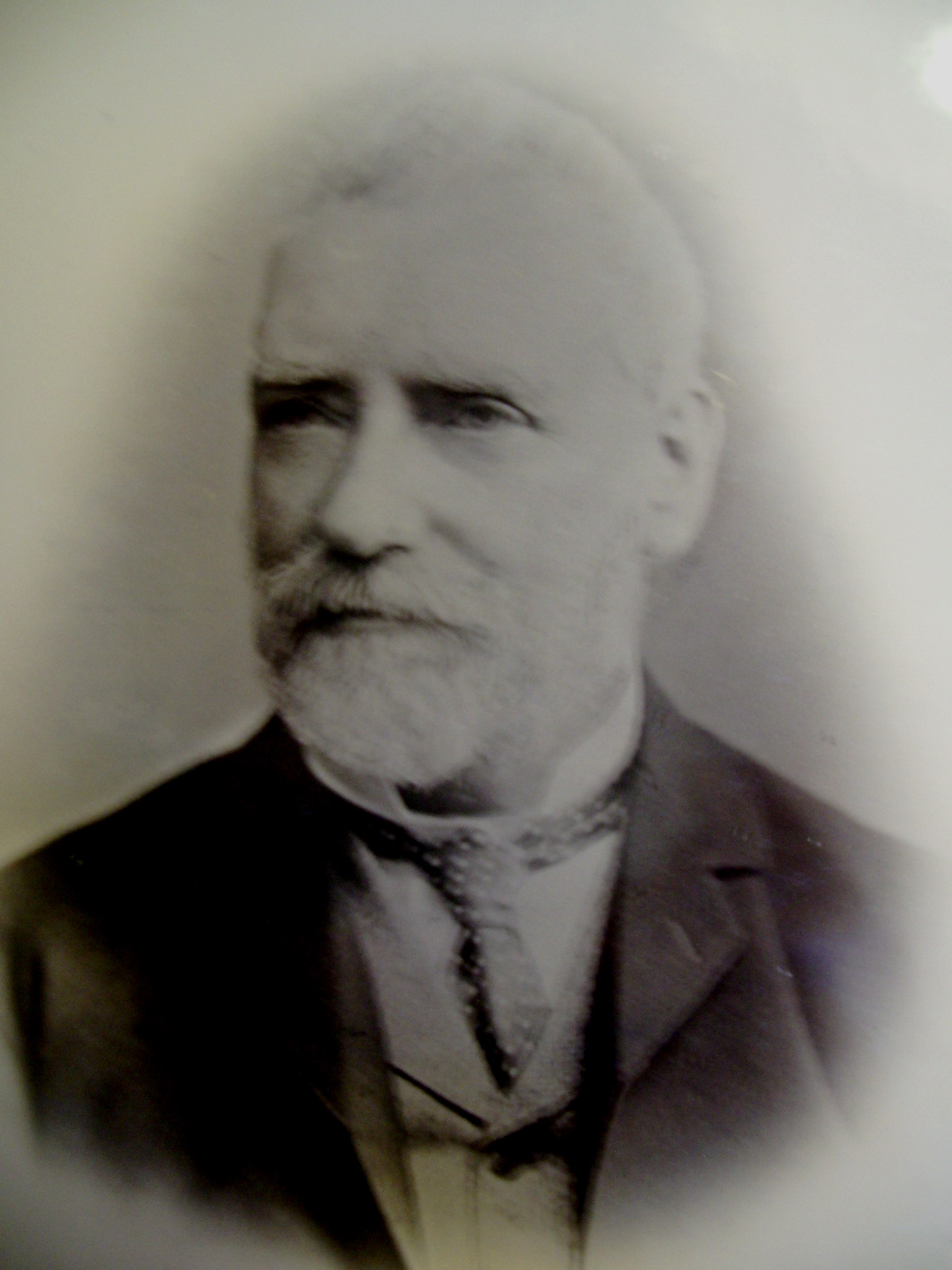 James married Elizabeth Yates, the widow of Charles Yates a well known calico printer of Rock Mill. They lived at Fern Bank on what is now White Road. Elizabeth had entertained Richard Cobden during the Free Trade agitations in 1862 during the cotton famine. They had no children and when Elizabeth died in 1881 James was left a widower for the next 20 years, until in 1903 he married his house keeper Ann Grimstone. James married Elizabeth Yates, the widow of Charles Yates a well known calico printer of Rock Mill. They lived at Fern Bank on what is now White Road. Elizabeth had entertained Richard Cobden during the Free Trade agitations in 1862 during the cotton famine. They had no children and when Elizabeth died in 1881 James was left a widower for the next 20 years, until in 1903 he married his house keeper Ann Grimstone. In the early 1870’s, he promoted the formation of a local board for New Mills and was its second chairman. In 1901, at the annual meeting of the school board, where he presented the prizes, he is reported to have said he wanted ‘the people of New Mills to take a greater interest in the educational concerns of the locality’. That same year to celebrate James 70th birthday and to honour his services to New Mills, he was presented with his portrait by the council, this was hung in the Town Hall. James left us a collection of six leather bound volumes of newspaper cuttings, clippings, pamphlets, letters and many notes in his own hand ‘ the whole of which may prove important to the reader in years to come.’
Dr LESLIE MILLWARD 1910-1982
Dr Leslie Millward was born at Belper, near Derby. He trained as a doctor in Liverpool, and then worked for a year in various hospitals, followed by two years of practice in Radcliffe before moving to New Mills. He took over the practice at ‘Redgate’ at the foot of St Marys Road, from Dr Pemberton in 1938.
Dr Millward was shocked by the condition of the older housing in the central part of the town. It has long since been demolished, but at the time Dr Millward considered it to be a major cause of the high mortality from diseases such as diphtheria and tuberculosis.
He succeeded in getting elected to New Mills Urban District Council in 1946, as an independent, and served continuously until 1972. He was twice chairman, in 1950-51 and in 1958-59. He always maintained his interest in housing, serving as chairman of the health and housing committee for 12 years. Dr Millward served the town in other ways too. He became a magistrate, was a member of both the Cricket and Golf Clubs. In 1965 he was a founder member of the Civic Amenities Society, and will forever be remembered for his part in the restoration of the Torrs. He retired in July 1975 after 38 years and the town hall was packed to capacity when he was honoured for his service to the community. After retirement, he maintained his interest in local affairs and his enjoyment in gardening.
He died suddenly on the 13th of August 1982, aged 72, and, at his request, his cremated remains were placed in a niche in the rock face of the Torrs. It was decided that a memorial to recognise Dr Leslie Millward’s service to the town would be fitting. Following a suggestion from his wife Margery it was decided to build a new footbridge across the River Sett. Opened in 1984 it is a fitting memorial to a man who gave so much of both his professional and personal time to the people of New Mills.
SIR MARTIN DOUGHTY 1949 - 2009

Graham Martin Doughty was born in 1949, the youngest son of Harold and Eva Doughty, who were well known in New Mills for running a successful grocery and provisions shop on High Hill Road. A pupil of New Mills Grammar School, he was a determined and intelligent young boy, quickly recognised for his witty sense of humour and photographic memory. He particularly enjoyed maths and sciences, graduating from Imperial College of Science and Technology, University of London in 1971 with a Bachelor of Science in Chemical Engineering, followed in 1973 with a Master of Science in Chemical Engineering. Martin began his career as a lecturer in Public Health and subsequently as a Senior Lecturer in Environmental Management at Sheffield Polytechnic and later Sheffield Hallam University. He was particularly interested in pollution and water quality and its impact on communities and wildlife.
In 1976 he was elected onto New Mills Town Council, aged 26, becoming its youngest chair in 1979.This was followed in 1981 by his election onto Derbyshire County Council as Labour member for New Mills, a position he held for some 24 years. During this time with Derbyshire County Council, Sir Martin served as chair of the Planning and Countryside Committee, Highways and Transport Committee, and as vice-chair of the Education Committee, Resources Improvements and Scrutiny Committee. Sir Martin was also a member of the Regulatory Licensing and Appeals Committee and a Derbyshire Fire Authority representative.
Sir Martin was the only elected Councillor ever to have closed a Principal Road, the trans-Pennine A625 route. In the 1980s, the A625 fell down Mam Tor, known as the shivering mountain. The Derbyshire County Surveyor said he could rebuild it for £2m, the local District Council demanded a bypass. As chair of Transport at Derbyshire County Council at the time, Sir Martin said the best decision was to do nothing, creating a lorry-free area in that part of the High Peak.
He received knighthood for services to local government in Derbyshire in 2001. Sir Martin stepped down from the County Council in 2005.
Paying tribute to Sir Martin, County Council Leader John Williams said: "It is hard to do justice to the enormous contribution Martin Doughty made to his own community of New Mills, to Derbyshire County Council, to local government and to environmental issues."Martin was a dedicated member of the council who worked hard for the communities he served and for all Derbyshire council tax payers. He was recognised locally and nationally for his keen interest in environmental matters and worked hard to encourage people to adopt more sustainable lifestyles. His untimely death robs us of a hardworking and committed individual who was trying to make the world a better place for all of us."
Sir Martin served on the Peak District National Park Authority for more than ten years, appointed chairman between 1993 and 2002. He was chair of the Association of National Park Authorities between 1997 and 2001.
Narendra Bajaria, chairman of the Peak District National Park Authority, said: "Everybody is very saddened to hear this tragic news. "Martin has fought against cancer for several years and in all that time his energy and contribution to conservation and the environment has never dimmed. He set the agenda for public transport in the national park, was a big supporter of the rural economy and a stalwart on our planning committee, going through every application in detail.
He was also a huge supporter of the Moors for the Future project which is restoring moorland to tackle the effects of climate change and help prevent flooding."
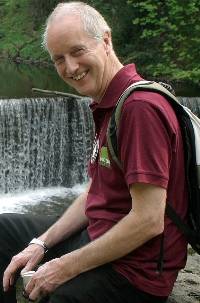 Sir Martin Doughty was appointed to Chair of English Nature by Michael Meacher in 2001. When Margaret Beckett, as former Environment Secretary, tasked Lord Haskins to review how rural delivery could be modernised - Sir Martin personally advised Lord Haskins. This led towards the creation of Natural England, which integrated wildlife, farming and access interests into one organisation for the first time. Previously, these had been administered by English Nature, the Countryside Agency and the Rural Development Service. He was appointed to Chair of Natural England by Margaret Beckett in 2005. Sir Martin Doughty was appointed to Chair of English Nature by Michael Meacher in 2001. When Margaret Beckett, as former Environment Secretary, tasked Lord Haskins to review how rural delivery could be modernised - Sir Martin personally advised Lord Haskins. This led towards the creation of Natural England, which integrated wildlife, farming and access interests into one organisation for the first time. Previously, these had been administered by English Nature, the Countryside Agency and the Rural Development Service. He was appointed to Chair of Natural England by Margaret Beckett in 2005.
The environment secretary, Hilary Benn, led the many tributes. "Martin was an outstanding public servant, and his loss will be deeply felt by all those who knew him. He founded and led Natural England with distinction, and was passionate in his advocacy of the natural world on which - as he would often say - we ultimately depend."
"Although Martin had been battling with cancer over recent years, it was a mark of the man that he refused to allow this to impair his dedication to Natural England. He was immensely proud to have been appointed as our first chair and his leadership has made an incalculable contribution, not only to our organisation, but to many others who will miss his unwavering support," said Poul Christensen, the acting chair of Natural England.
Sir Martin enthusiastically publicised the anniversaries of the Kinder mass trespass of April 24, 1932, which took place on the slopes of Kinder Scout at Williams Clough, near the village of Hayfield. The events of that day eventually led to the formation of the first National Park. Martin organised substantial public funding in 2007 to mark the 75th anniversary of the Kinder Scout Trespass and designed and co-wrote the Trespass Trail, a 14-mile walk to celebrate the event. The event brought leading politicians and public figures to New Mills, and like so many of Sir Martin’s local projects placed New Mills at the forefront of national news.
Martin was rooted in Derbyshire and used to describe the moors of northern England as rarer in global terms than tropical rainforest. Martin had many interests including photography, gardening, travel, natural history and local history a subject on which he often spoke to enthusiastic crowds. He was unconditionally a supporter of his hometown and He championed many important issues locally,
River Pollution. Many of us will remember the poor state of the Rivers Goyt and Sett, the foam and the terrible smell of pollution. It was Martin’s dogged determination that led to their cleaning.
Disley A6 Bypass. Martin’s support in blocking the so-called Brown Route helped prevent the splitting of our community by a dual carriageway.
Public Transport. His enthusiastic use of public transport always enabled Martin to know where improvements were needed and where the best value lay. During his time at the County Council he arranged many of the transport links that we take for granted today.
Riverside Park.The concept of an open wild space running from the Midland Railway Viaduct to Waterside Road was Martin’s. There are many inspired improvements that fall within the Riverside Park.The creation of Hague Bar Pond and car park. The purchase of Goytside and building of the Millward Memorial Bridge linking the Torrs and Goytside for the first time. The closure of the Mouseley Bottom landfill site, sewer beds and gasworks and the areas transformation to a nature reserve. And of course Martin’s greatest legacy to the town the award winning Millennium Bridge. Martin wrote and published a booklet ‘The Park under the Town,’ which details the making of the Riverside Park.Most recently, Martin’s vision and support has bought the town fame as the home of the country’s first Archimedes Hydro generating plant in the Torrs.
Heritage and Information Centre. Martin worked hard to ensure the town was endowed with a facility that would impart local history to locals and visitors alike. It is from here that the Trespass Trail sets out to join the route of the mass trespass of 1932.
Goytside Nature Reserve. The acquisition and opening of the nature reserve at Goytside was one of Martin’s proudest achievements and he would often point out how lucky we are to have a nature reserve so close to the town centre.
Sir Martin held office in a number of organisations both local and national:
- Chair - Torr Vale Mill BP Trust
- Vice President - Peak & Northern Footpaths Society and the Arkwright Society
- Patron - IEEM and Creswell Heritage Trust
- Fellow - Royal Society of Arts
- Member - CIWEM, BBC Rural Affairs Committee, Labour Party, RSPB and National Trust, New Mills, Heritage Centre Management Committee and Green Alliance
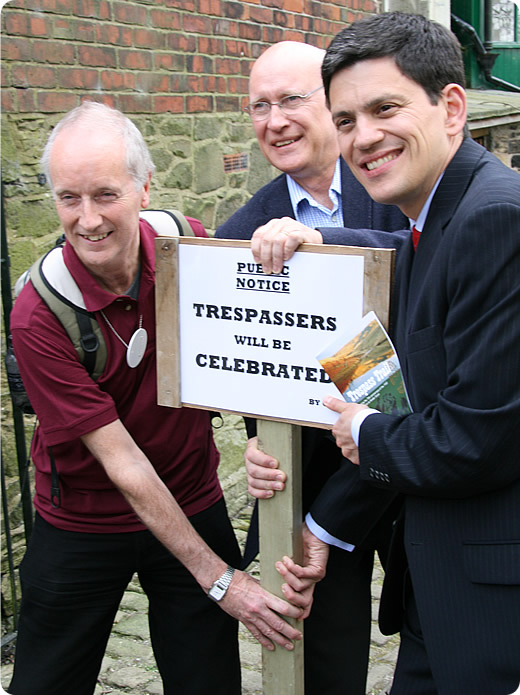 Local Member of Parliament, Tom Levitt, a friend of Martin for some twenty years wrote:- ‘Martins death at 59 is a tragedy. He must have suffered from his cancer far more than he let on to us his friends. We are all thinking of Gilly, his wife, and his daughters Tessa and Beth.Other than his family, three passions ran through my friend’s veins: the Labour Party, the environment - and New Mills.It was fitting that he was born there, gave his all to the town and died there too, close to the Torrs and Martin’s Millennium Bridge.’ Local Member of Parliament, Tom Levitt, a friend of Martin for some twenty years wrote:- ‘Martins death at 59 is a tragedy. He must have suffered from his cancer far more than he let on to us his friends. We are all thinking of Gilly, his wife, and his daughters Tessa and Beth.Other than his family, three passions ran through my friend’s veins: the Labour Party, the environment - and New Mills.It was fitting that he was born there, gave his all to the town and died there too, close to the Torrs and Martin’s Millennium Bridge.’
Perhaps the last words and most fitting memorial are the headline from the Guardian, who on reporting the sad news of Sir Martin‘s death printed the line
'Architect of modern British conservation dies'
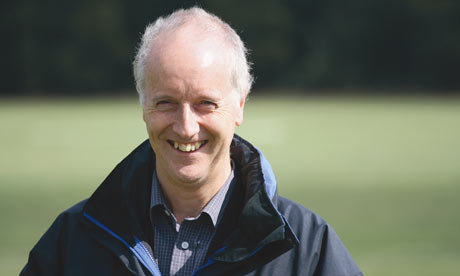
Very few men of great stature shall come among us,
It is not for us to recognise them,
Nor for them to declare themselves to us,
But it is our part to tell of their deeds when they are gone.
 |







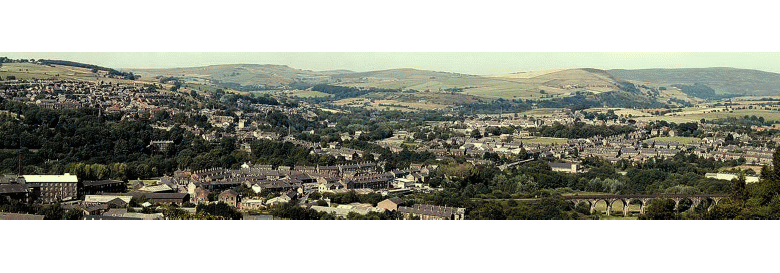

 His death in 1891, at the age of 54, was a great loss to the town. The Mackies celebrated their silver wedding at the Public Hall and it seems John caught a chill and developed influenza. He lay ill for several days before sucumbing. An influenza epidemic was sweeping the country at the time and claimed many lives.
His death in 1891, at the age of 54, was a great loss to the town. The Mackies celebrated their silver wedding at the Public Hall and it seems John caught a chill and developed influenza. He lay ill for several days before sucumbing. An influenza epidemic was sweeping the country at the time and claimed many lives. 
 James married Elizabeth Yates, the widow of Charles Yates a well known calico printer of Rock Mill. They lived at Fern Bank on what is now White Road. Elizabeth had entertained Richard Cobden during the Free Trade agitations in 1862 during the cotton famine. They had no children and when Elizabeth died in 1881 James was left a widower for the next 20 years, until in 1903 he married his house keeper Ann Grimstone.
James married Elizabeth Yates, the widow of Charles Yates a well known calico printer of Rock Mill. They lived at Fern Bank on what is now White Road. Elizabeth had entertained Richard Cobden during the Free Trade agitations in 1862 during the cotton famine. They had no children and when Elizabeth died in 1881 James was left a widower for the next 20 years, until in 1903 he married his house keeper Ann Grimstone. 
 Sir Martin Doughty was appointed to Chair of English Nature by Michael Meacher in 2001. When Margaret Beckett, as former Environment Secretary, tasked Lord Haskins to review how rural delivery could be modernised - Sir Martin personally advised Lord Haskins. This led towards the creation of Natural England, which integrated wildlife, farming and access interests into one organisation for the first time. Previously, these had been administered by English Nature, the Countryside Agency and the Rural Development Service. He was appointed to Chair of Natural England by Margaret Beckett in 2005.
Sir Martin Doughty was appointed to Chair of English Nature by Michael Meacher in 2001. When Margaret Beckett, as former Environment Secretary, tasked Lord Haskins to review how rural delivery could be modernised - Sir Martin personally advised Lord Haskins. This led towards the creation of Natural England, which integrated wildlife, farming and access interests into one organisation for the first time. Previously, these had been administered by English Nature, the Countryside Agency and the Rural Development Service. He was appointed to Chair of Natural England by Margaret Beckett in 2005.  Local Member of Parliament, Tom Levitt, a friend of Martin for some twenty years wrote:- ‘Martins death at 59 is a tragedy. He must have suffered from his cancer far more than he let on to us his friends. We are all thinking of Gilly, his wife, and his daughters Tessa and Beth.Other than his family, three passions ran through my friend’s veins: the Labour Party, the environment - and New Mills.It was fitting that he was born there, gave his all to the town and died there too, close to the Torrs and Martin’s Millennium Bridge.’
Local Member of Parliament, Tom Levitt, a friend of Martin for some twenty years wrote:- ‘Martins death at 59 is a tragedy. He must have suffered from his cancer far more than he let on to us his friends. We are all thinking of Gilly, his wife, and his daughters Tessa and Beth.Other than his family, three passions ran through my friend’s veins: the Labour Party, the environment - and New Mills.It was fitting that he was born there, gave his all to the town and died there too, close to the Torrs and Martin’s Millennium Bridge.’